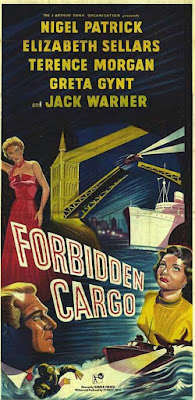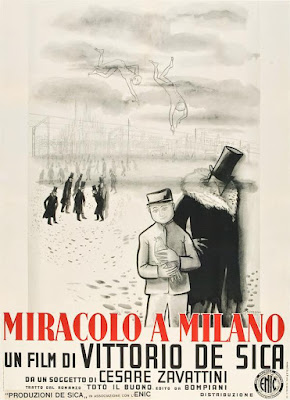Revered by Hong Kong/Taiwanese Martial Arts film mavens, if little known in the West, King Hu, was a master in peak form when he edited, wrote & directed this hugely enjoyable period actioner. Loaded with pageantry, comedy & memorable characters, it makes an ideal Hu entry point . (Especially in the luster reviving 2018 restoration.) Set in a sacred monastery awash with secular greed & personal rivalries at fever pitch as the head abbot prepares to retire, the large complex buzzing with scores of lowly monks and special guests there to advise on the succession when not furtively searching the campus for a priceless sacred scroll hidden in the Temple library. Amid the dignitaries, thieves & assistants, one true penitent, admitted to avoid army service on a crime he didn’t commit, this tall, strong, stoic type (think Steve McQueen/Charles Bronson) bears a natural noble humility to match his cunning & strength. Talents spotted immediately by the old abbot who places him in charge of the Temple library, the venn diagram vector meeting place for all the conspirators. With wit in plotting and brio in execution, Hu works this out with a preternatural eye for composition, motion & camera placement, along with editing instincts worthy of a classic silent-era slapstick comedian. (The film’s standout set piece a hide-and-seek/cat-and-mouse attempt at stealing that precious scroll from the library stacks, designed and executed with the precision of Buster Keaton and ‘the girl’ blindly chasing each other around an otherwise deserted ocean liner in THE NAVIGATOR/'24. Tremendous stuff, easy to follow, too. Not always the case with these films.
DOUBLE-BILL: More King Hu (1931 - 1997), please. But hard to find good copies (especially with English subtitles), and much is dauntingly long (three+ hours). Watch this space for updates.
































